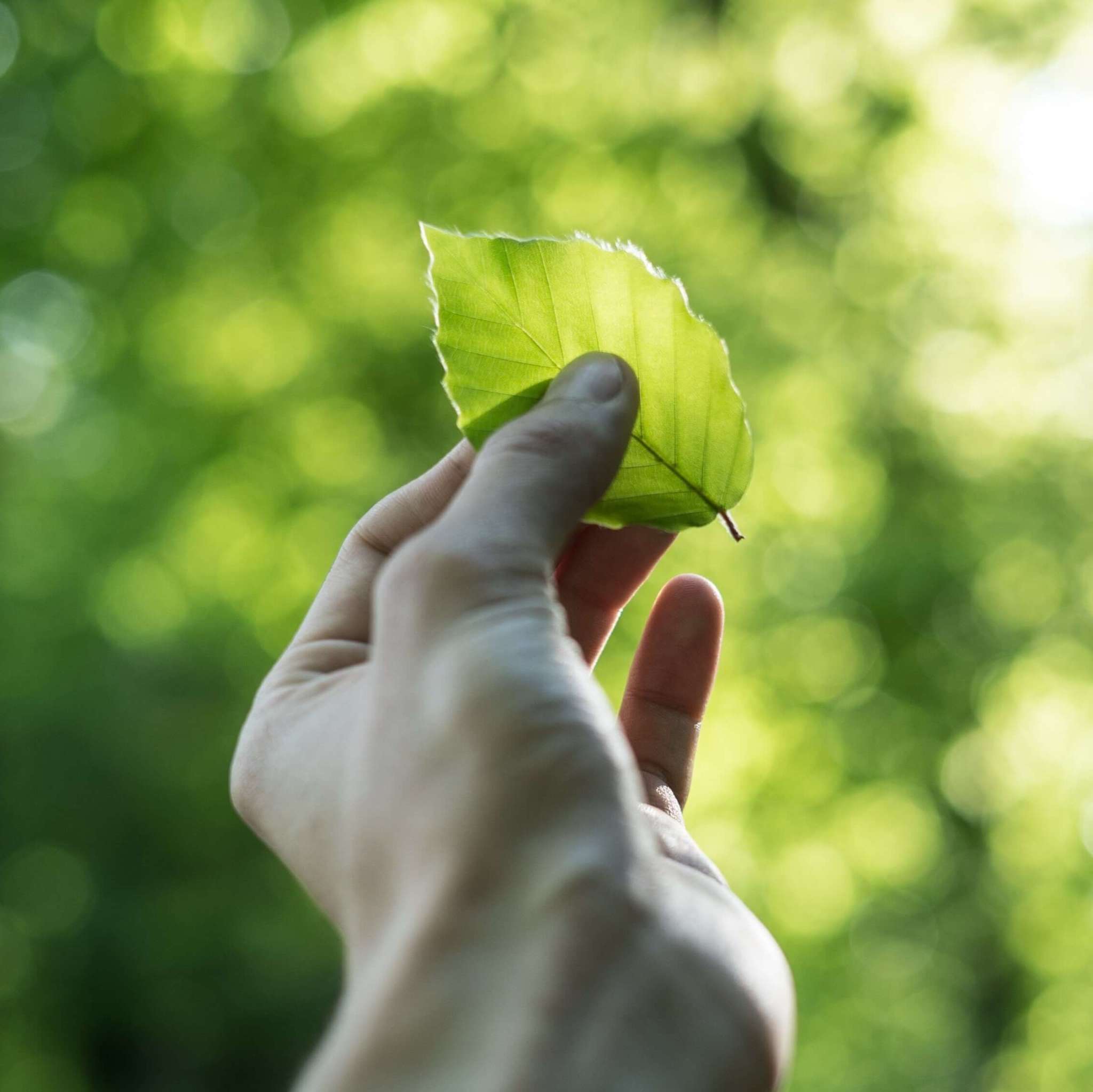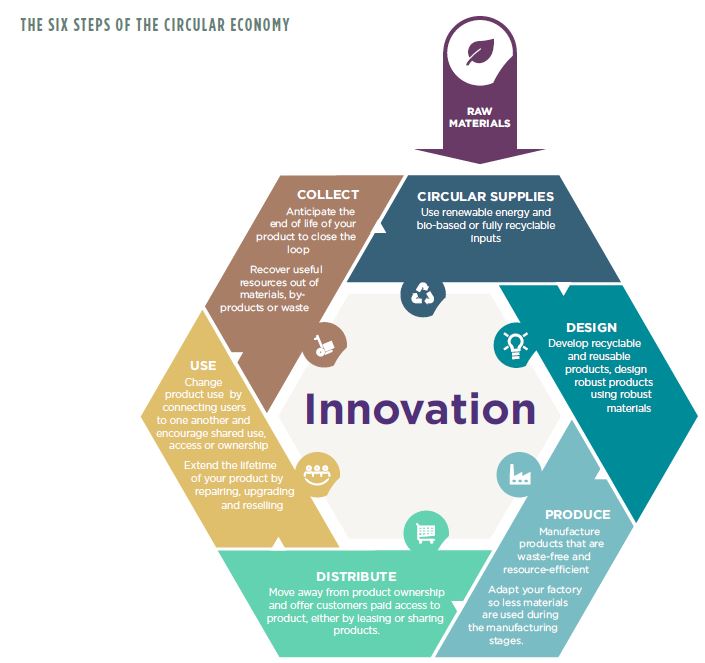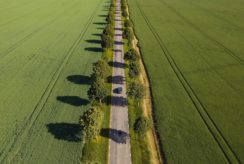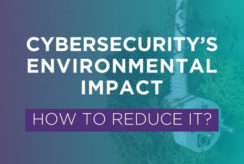New decade, new hopes, new commitments: let’s go circular! Imagine the economy as circular. An economy that is restorative by design, where materials flow through the economic system and continuously restore capital via feedback loops. An economy minimizing raw material extraction and re-purposing waste. An economy using only renewable energy, and where resources are used, but not used up. An economy based on services, enabling access over ownership, and providing better quality and performance to its users. This concept is known as the circular economy.
Get ready to go circular: the first steps towards a complete value cycle
Far from being restricted to waste management, the circular economy could be defined as a system of production and exchange that aims to improve resource management at every stage of the product life-cycle and creates value since it reduces your environmental impact. A circular economy is usually collaborative and local.
It can seem challenging to join the circular economy since implementing an efficient value cycle at each step of your business is not that easy. That is why we recommend companies to start small and scale up by first assessing your organization or part of it and identifying at which step a circular system would have the greatest impact on your business.
Entrepreneurs and innovators around the world are already making the circular economy a reality. What can we learn from their inspiring initiatives? How could we accelerate the transition towards a circular economy? How could large companies get started? What are the key success factors to succeed in transforming into circular business models?
Let's get circular: sucessful examples to imitate
The following examples of circular, small structures could inspire the transformations of larger companies. As explained in the scheme above, the circular economy can be implemented in every stage of the value chain and also during its use.
More and more companies commit to developing more sustainable supply solutions, by selecting sustainable partners and checking the origin of the raw material they use. For instance, a great number of companies commit to buy green energy for their production or even to produce it locally.
Indeed, Pocheco, a French envelope manufacturer, installed solar panels on its roof, which enable the company to produce up to 80% of the energy they consume. Likewise, the French shoe brand Veja produces shoes with organic cotton and natural rubber with a fairtrade approach. The shoe production costs are 5 times higher than the average costs, but their price remains similar to the market average since Veja decided not to spend on advertising and communication, which usually represents 70% of product’s cost.
Eco conception, which includes the design as well as the production, is also two great ways for companies to reduce their impact. The means is twofold: first, to reduce production impact, and second, to offer long- lasting or easily reparable products. As an example of the first point, the French brand 1083 decided to produce denims in France, as the production usually causes the trousers to be transported up to 65 000 km while 1083 km is the largest distance between two French cities.
The Dutch brand Fairphone illustrates perfectly the desire for a few companies to promote long-lasting products. Indeed, Fairphone sells smartphones which are easily reparable, and thus last longer, since each component can be replaced by the owner without having to go through a repair service (the new components are provided by Fairphone or by a reseller).
Biomimetics is also an innovative eco-conception solution that is inspired by the shapes, materials, properties, processes and functions of living systems. Susana de Mantos Fernandes is a researcher and faculty member at the University of Pau, where she holds the position of the Chair of Biomimetics. She draws her innovations from the study of the oceanic fauna and flora, for instance making sunscreen from red algae molecules usually eaten by fishes that can absorb UV rays.
Distribution aspects, such as distances, transportation means or packaging, also have to be taken into account in the whole impact measurement. Located in the huge Rungis food market, Pandobac offers a service of reusable trays for professional food freight transport. This means the use of disposable packaging can be avoided, such as cardboard boxes, single-use wooden boxes or polystyrene cassettes.
The use of the products also remains fundamental in a circular approach. In that sense, the economy of functionality offers to switch from an economy of ownership to an economy based on accessibility, where people are users, but not owners. There are lots of examples of this, both in the private and public sector.
The French cooperative Commown offers a phone rental service: instead of buying a new phone every two years to get a more efficient one, you can rent it for the duration you want and change it whenever you want, thus lowering waste.
Regarding the increase of product lifespan, various options are available, such as reusing, repairing and swapping. The secondhand market is trendy and widening.
MerciBOOKoup encourages book swapping instead of buying new books; this association does so by organizing book-swapping parties and installing book-swapping boxes made out of recycled wood by users.
Last but not least, waste collection and upcycling constitute a fundamental part of the circular system. Upcycling is about creating a product of higher quality, value or utility than the original one. Here are two examples to demonstrate this. First, La tête dans les nuages saves balloons’ envelopes from the trash and make bean bags with them. Second, following the same logic, Muzzicycles produces bike structures thanks to plastic bottles being upcycled.
Join the sustainable team: circular transformation drivers
Transformational projects have similar drivers and challenges in common, so when you bring circular initiatives into your business, you will be prepared. To avoid being overwhelmed, don’t do everything at once. Instead, start small and scale-up. The value cycle presented in the following shows the many different sides of circular economy within your business process. Start one step at a time depending on which stages have the strongest value potential for you
1/ Engage internally
Engaging the entire workforce is key when integrating circular economy initiatives. The transformation project requires a high-level of sponsorship, a strong management support, and a large commitment from employees throughout the entire company’s functions and business units. Focus on the following 3 pillars in order to achieve this:
- Top management should drive the movement : Company leaders should be on board and ready to deploy the necessary financial and human resources.
- Determining cross-functional teams.
- Monitoring progress and celebrating it : This can be done with financial, environmental and social metrics, which can and should be shared with all internal stakeholders.
2\ Build strong relationships with partners & the ecosystem
Companies increasingly try to please not only their customers but also other stakeholders. This could mean reinforcing existing collaborations, transforming customer relationships from transaction-based contacts to strategic, long-term partnerships. This is particularly essential for SRM (supplier relationship management), which plays an important role in selecting the most sustainable suppliers.
3\ Implement new technologies
While implementing new technologies should never be a goal itself it represents powerful enablers to leverage circular economy initiatives. Potentially, they can eliminate waste altogether and thus play a significant role.
Conclusion
Adopting a circular economy is the next transformation companies worldwide need to face, starting from today. It is not an option but rather an inevitable new way of thinking if companies wish to keep up with tomorrow’s competitive business environment. By betting on innovation, organizations can accelerate their transformation.
As the examples in this article illustrate, you will benefit from bringing circular initiatives into your organization. The more circular you become, the higher its added value will be. Define your long-term strategy, launch and lead innovative programs, make quick wins to motivate contributors and rapidly generate positive and concrete results, then measure and evaluate initiatives and be flexible to adapt your strategy.
Are you ready to go circular ?





